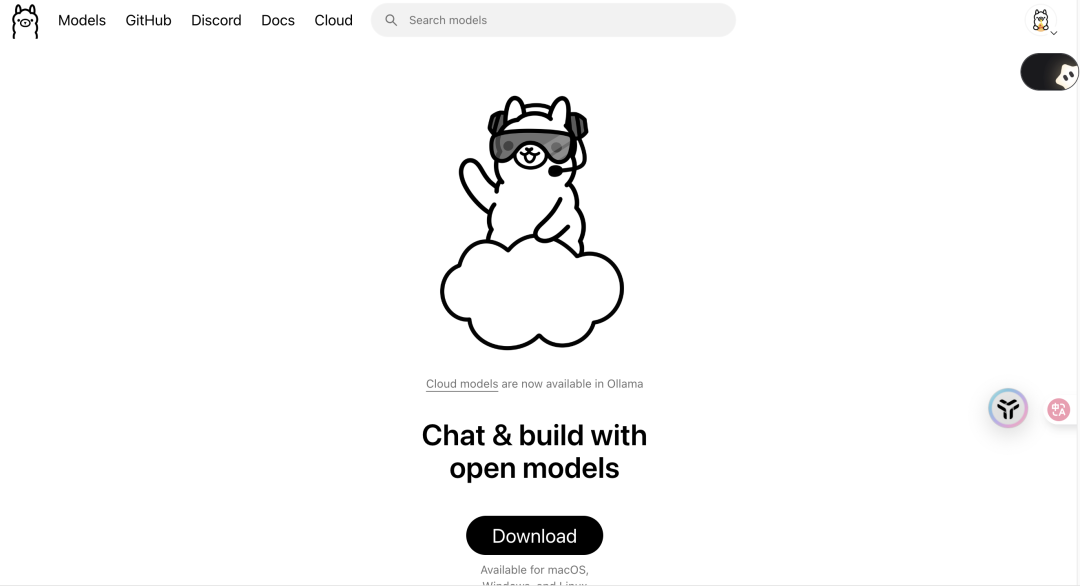The natural language query function of camelAI is its core feature, and the process of using it is divided into four steps:
- Preparing the data source: Connect to the database via the "+" icon in the interface (TLS-encrypted credentials need to be entered) or upload a structured file (CSV/Excel with clear headers).
- Input Issues: Describe the requirement in everyday language in the query box, e.g., "Compare the sales growth rate of East China and North China in the last quarter" or "List the 5 SKUs with the lowest inventory turnover rate".
- intelligent parsing (math.): The system converts questions into SQL through a large language model and executes queries in the backend (supports complex analytics such as period comparison/retention rate calculation)
- Results Showcase: Automatically selects the best visualization (bar chart/line graph, etc.) to present, and supports one-click saving to a refreshable dashboard
Please note that the more specific the question is, the more accurate the result will be, for example, "2024 Q1 cell phone product return reason distribution" is more effective than the vague question like "sales situation". The free version allows you to experience 10 queries per week.
This answer comes from the articlecamelAI: Querying databases with natural language to generate charts and insightsThe





























